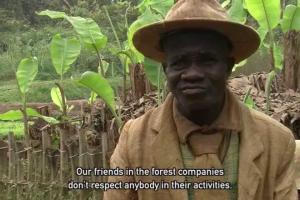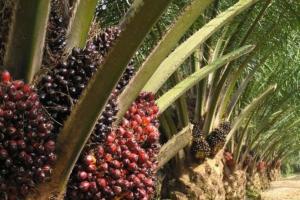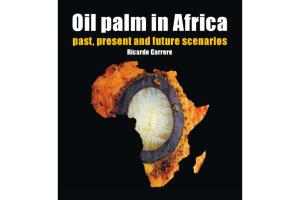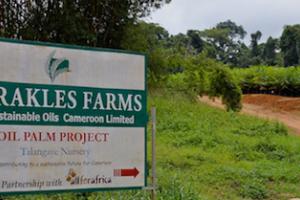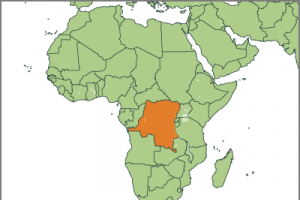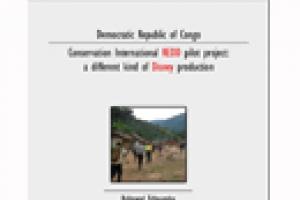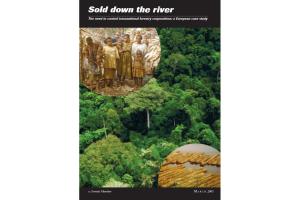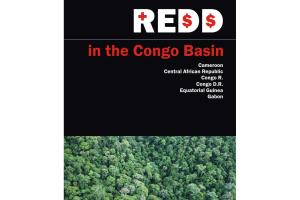This video shows the struggle of communities that depend on the forests in the Republic of Congo, and that of their defenders, to reduce the impacts of deforestation and to guarantee their rights to manage and control their own forests,
Congo DR
Other information
31 October 2014
Bulletin articles
7 May 2014
The expansion of industrial oil palm plantations in Africa: A call for greater solidarity and action
In late 2013, a group of representatives of African, Indonesian and international NGOs met with members of La Via Campesina and the African Biodiversity Network in Calabar, Nigeria, to address the massive expansion of industrial oil palm plantations on the African continent and discuss, in particular, the situation in Nigeria, Sierra Leone, Liberia, Cameroon, Benin, Côte d’Ivoire, the Democratic Republic of Congo and Gabon.
Publications
30 August 2013
Governments are opening the doors to corporations for planting vast areas of land with oil palm plantations. This trend is not only happening in West and Central African countries, but is even expanding to parts of Eastern Africa. Large scale oil palm plantations are already causing serious environmental and social impacts in some countries, resulting in loss of community rights over their territories.
Other information
30 August 2012
Members of farmers’ organizations, women’s movements and civil society organizations from South Africa, Zimbabwe, Malawi, Swaziland, Lesotho, the DRC and Mozambique gathered on August 15-16 in Maputo, Mozambique, to analyze the multi-dimensional global crisis and the response of African governments.
Publications
10 November 2011
By Belmond Tchoumba
This report is based on the fi ndings of research conducted by WRM on the REDD pilot project being undertaken by Conservation International and the Walt Disney Company in the province of North Kivu in the Democratic Republic of Congo, specifi cally in the so-called community reserves of Tayna and Kisimba-Ikobo.
Bulletin articles
30 August 2011
In the Democratic Republic of Congo (DRC), Conservation International (CI) is promoting a REDD (Reducing Emissions from Deforestation and Forest Degradation) pilot project financed by the Walt Disney media and entertainment company. The project is being implemented in the Tayna and Kisimba-Ikobo nature reserves, and is one of the first of its kind in the region.
Bulletin articles
5 June 2011
The natural and environmental resources of Africa like land, minerals, gas, oil, timber, territorial waters among others have been the object of the persistent scramble for the continent. Natural resources are often at the heart of the scramble for Africa.
Other information
17 April 2011
Sold Down the River - The Need to Control Transnational Forestry Corporations: A European Case Study
By Forests Monitor, 2001
Sold Down the River - The Need to Control Transnational Forestry Corporations: A European Case Study
Bulletin articles
8 March 2011
Along the Congo River in the Democratic Republic of the Congo the Inga hydropower scheme has developed a series of hydroelectric dams, two of them already built – Inga I and Inga II- and two more under development – Inga III and Grand Inga (see WRM Bulletin 138, 77).
Publications
11 December 2010
The forest of the Congo Basin expands over an area of continuous tropical rainforest cover only second to that of the Amazon forest. Those forests are currently receiving a lot of attention within the Climate Change negotiations.
